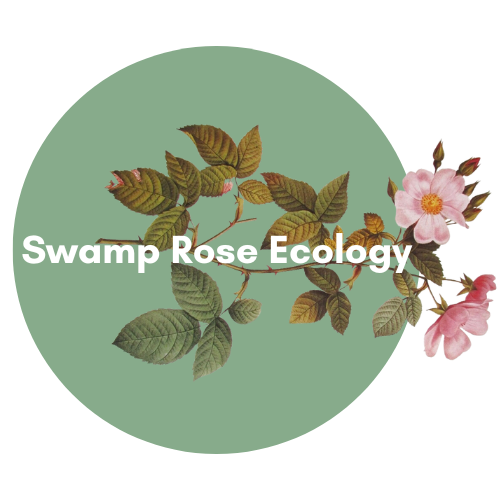Active Research Projects

Native Species from their Southern Ranges: Assisted Gene Flow (AGF) and Studying Resilience to Heat and Drought
In a study that integrates principles from botany and climate science, our research team is exploring how the geographic location of materials collected for plant propagation plays a role in the heat and drought resilience of native vegetation.
Using seeds from species that are native to northern Oregon and southern Washington — but collected from National Forests in southern Oregon and northern California, where the same species also naturally occur — our biologists are studying whether or not native species from southern reaches of their distribution exhibit traits that fortify them against drought and elevated temperatures in more northern sectors of their habitat. This process of translocating members of a species to supplement the genetic makeup of a separate population with genes that could help them more successfully adapt to their surroundings is called Assisted Gene Flow (AGF).
Swamp Rose Ecology has set up survey plots throughout the Willamette and Tualatin Valleys to monitor key growth characteristics of these seeds and other propagative materials side by side with specimens collected from northern Oregon and southern Washington. We are simultaneously testing the effects of mycorrhizal inoculation on both sets of seeds using four species of endomycorrhizal fungi from the genus Glomus in separate plots at each site. Later in the life cycles of the southern specimens, they will be cross-pollinated with reproductive material from northern plants and their progeny will be further studied to investigate the risk of outbreeding depressions (a potential drawback of AGF).
Collecting materials from National Forests has also allowed us to obtain species that are cultivated sparingly (if at all) by restoration nurseries, which will enable our company to restore plant communities on our restoration sites to biodiversity levels previously unheard of in the habitat restoration industry. This is critical to have any semblance of the ecosystem functionality found in undisturbed habitats. We take great care to not collect or disturb any imperiled or protected species.
Though we already have what we believe to be a statistically significant amount of study sites either active or in development, at Swamp Rose we recognize that there is no such thing as too large a sample size! If you have a space in northern Oregon or Southern Washington and would like to participate in this study (cost free), please contact project lead Dan Krumm at (971) 246-7955 or dkrumm@swamproseecology.com .

Pacific water shrew (Sorex bendirii) monitoring efforts
In July 2023, Swamp Rose Ecology commenced surveys for the likely nearly extinct Pacific water shrew (Sorex bendirii) in Northwest Oregon and Southwest Washington.
Listed as a federally endangered species in Canada and imperiled to critically imperiled in British Columbia, very little research has been conducted on the status of this species in the United States. Past population monitoring attempts have indicated that they make up less than 1% of small mammals present in the region, and as far as we are aware they have not been surveyed for in Oregon or Washington in decades. Virtually all specimens found in museum collections were collected before 1950 when they were believed to have been more abundant.
Monitoring methods are affordable and could be easily carried out by citizen scientists. Pacific water shrew presence at a site can be determined using a hair tube made only of PVC pipe, tape, and another adhesive that costs roughly $1 to construct. The tubes are baited with grubs, and when the animal enters the tube to reach the bait they leave hair on adhesive that is affixed to the inside of the tube. The animal continues about its business unharmed and its hair strands can then be used to identify any species that has passed through the tube.
S. bendirii itself is a fascinating animal, which is able to walk on top of water for up to five seconds because of specialized air pockets present in its fur. They also blow bubbles into the water column that they then suck back inside in order to smell their prey underwater! Ecologically, they play an important role in the exchange of nutrients between aquatic and terrestrial systems. From a conservation standpoint, if S. bendirii populations are as low as preliminary studies have suggested, they could be used as an “umbrella species” that provides additional protections for the wetland ecosystems that the shrews live in through a special conservation designation.
Swamp Rose is currently offering free seminars to educate the public about Pacific water shrews and to explain how citizen scientists can help monitor local populations. If your organization would like to participate in shrew surveys or schedule an in-person seminar or webinar on shrew conservation, contact Dan Krumm using the information provided below.


